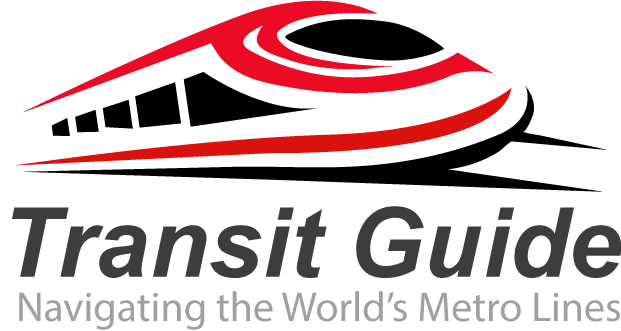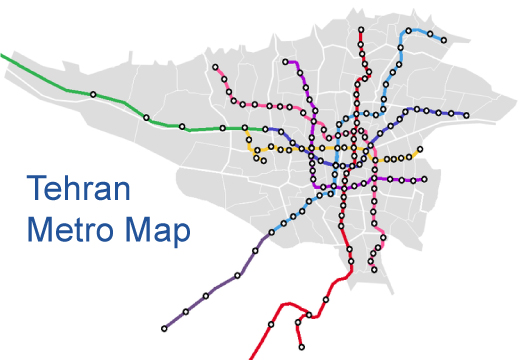The Tehran Metro stands as one of the Middle East’s most extensive and modern urban rail networks, serving millions of passengers daily across Iran’s bustling capital city. This comprehensive guide provides everything you need to know about navigating Tehran’s efficient subway system.
Overview of Tehran Metro System
The Tehran Metro began operations in 1999 and has since evolved into a sophisticated transportation network spanning over 200 kilometers. With seven operational lines and several under construction, the metro connects major districts, commercial centers, and residential areas throughout Tehran and its suburbs.
Current Metro Lines
Line 1 (Red Line): Runs north-south, connecting Tajrish to Kahrizak, serving key areas including Imam Khomeini International Airport.
Line 2 (Blue Line): The east-west corridor linking Farhangsara to Tehranpars, passing through Tehran’s central business district.
Line 3 (Orange Line): Connects northwest to southeast areas, from Azadegan to Gharb-e Tehran.
Line 4 (Yellow Line): Serves the eastern regions, running from Shahid Kolahdooz to Imam Hossein.
Line 5 (Green Line): Links southern areas from Sadeghieh to Golshahr.
Line 6 (Pink Line): A newer addition connecting Dolat Abad to Imam Hossein.
Line 7 (Purple Line): The newest operational line serving western Tehran.
Operating Hours and Frequency
The Tehran Metro operates daily from 5:30 AM to 11:00 PM, with trains running every 3-7 minutes during peak hours and 5-10 minutes during off-peak times. During Ramadan and special occasions, operating hours may be extended to accommodate increased ridership.
Ticketing and Fares
The metro uses a zone-based fare system with electronic smart cards called “Metro Cards.” Passengers can purchase single-trip tickets or rechargeable cards at station kiosks and ticket offices. The fare structure is affordable, making it an economical transportation option for both residents and tourists.
Key Stations and Destinations
Major interchange stations include:
- Imam Khomeini Station: Central hub connecting multiple lines
- Ferdowsi Station: Heart of Tehran’s commercial district
- Tajrish Station: Gateway to northern Tehran and Darband hiking trails
- Tehran University Station: Serving the main campus and surrounding areas
Benefits for Travelers
The Tehran Metro offers numerous advantages:
- Cost-effective: Significantly cheaper than taxis or private transportation
- Time-efficient: Avoids Tehran’s notorious traffic congestion
- Clean and modern: Well-maintained stations and trains with air conditioning
- Accessible: Wheelchair-accessible stations and elevators
- Safe: Security presence and surveillance systems ensure passenger safety
Tips for Using Tehran Metro
- Purchase a rechargeable Metro Card for convenience
- Avoid rush hours (7-9 AM and 5-7 PM) when possible
- Keep tickets until exiting the station
- Separate cars are designated for women during certain hours
- Station announcements are in Persian and English
The Tehran Metro continues expanding, with new lines under construction to better serve the growing metropolitan area. This reliable transit system remains essential for navigating Tehran efficiently while experiencing the city’s urban culture.

